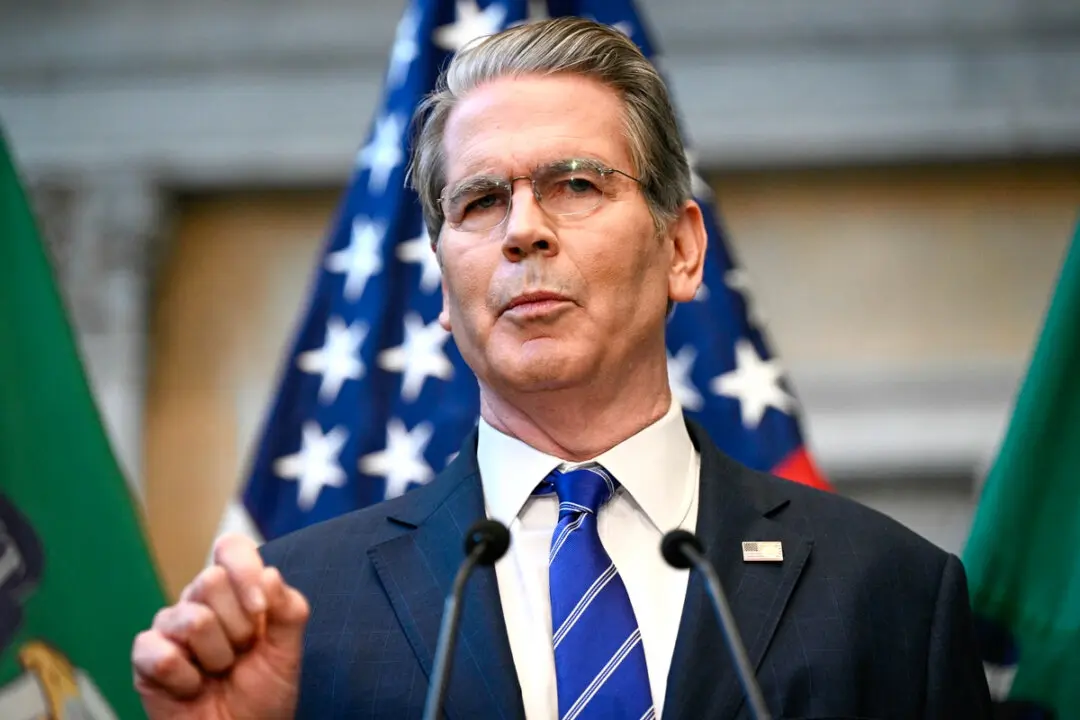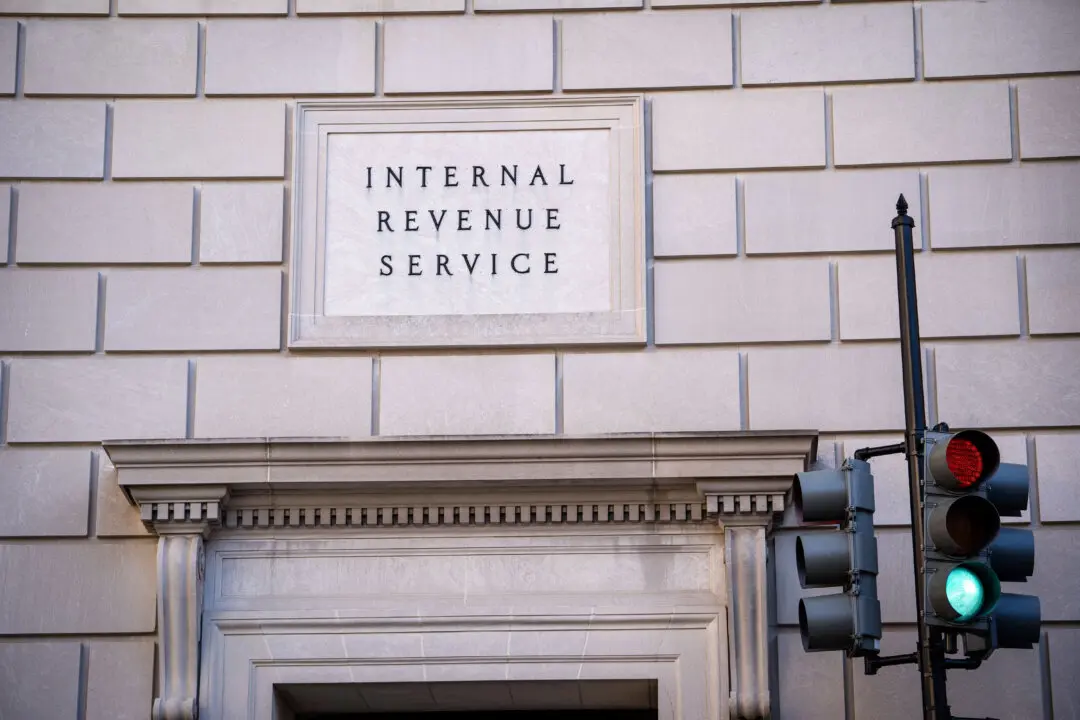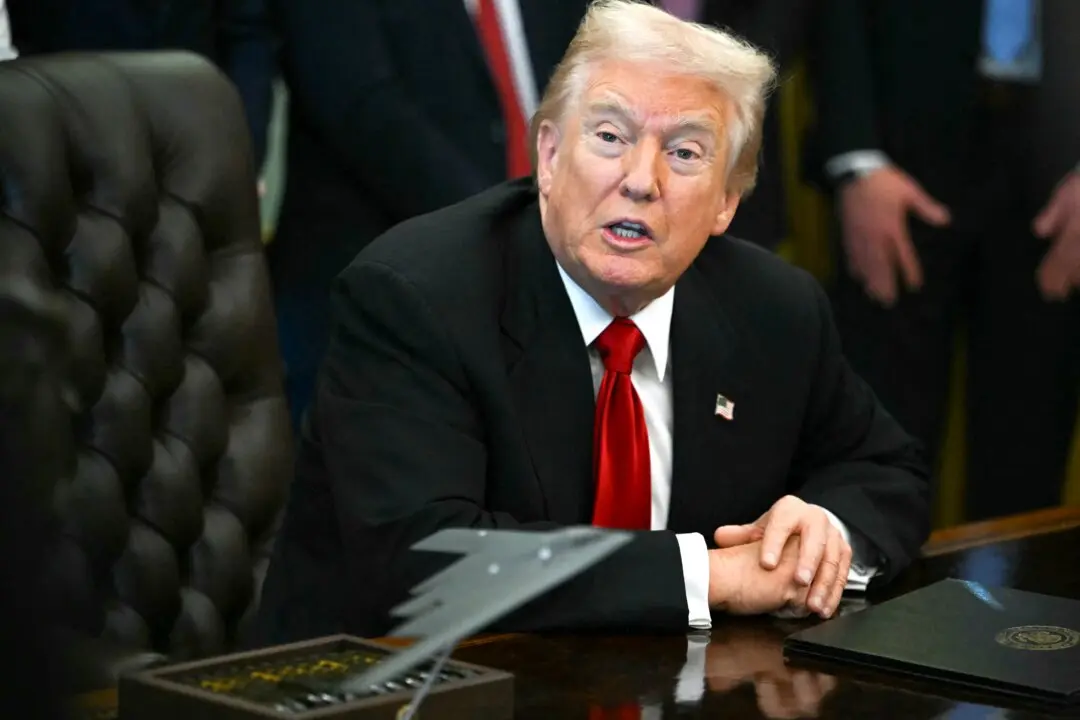A 48-member panel of business economists has sharply raised its expectations for inflation compared to its September forecast, with two-thirds predicting that wage increases will keep inflation higher over the next three years.
A survey released on Dec. 6 by the National Association for Business Economics (NABE) shows that its panel of forecasters expects consumer prices to rise by 6 percent in the final quarter of 2021 compared to the same quarter in 2020, marking a sharp upward revision to the 5.1 percent rate of inflation the panel predicted in September for the same period.





